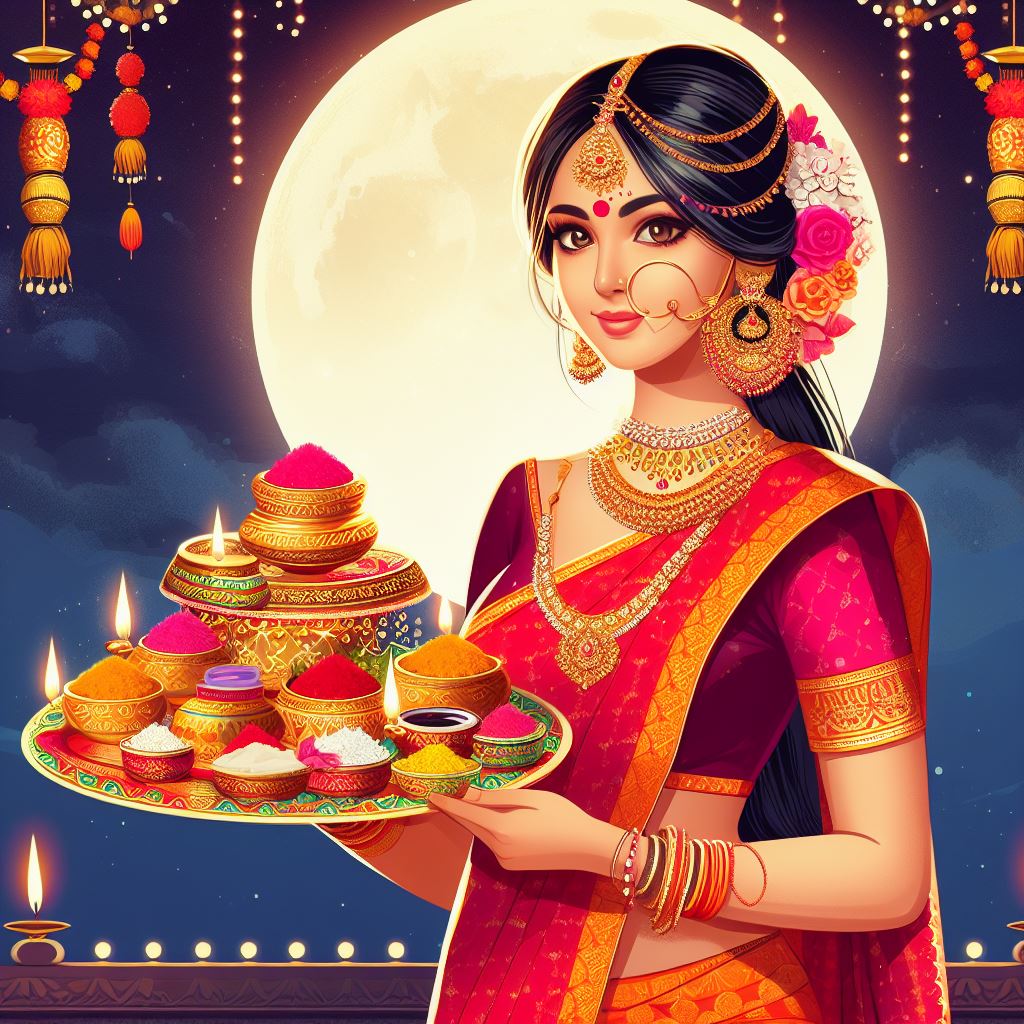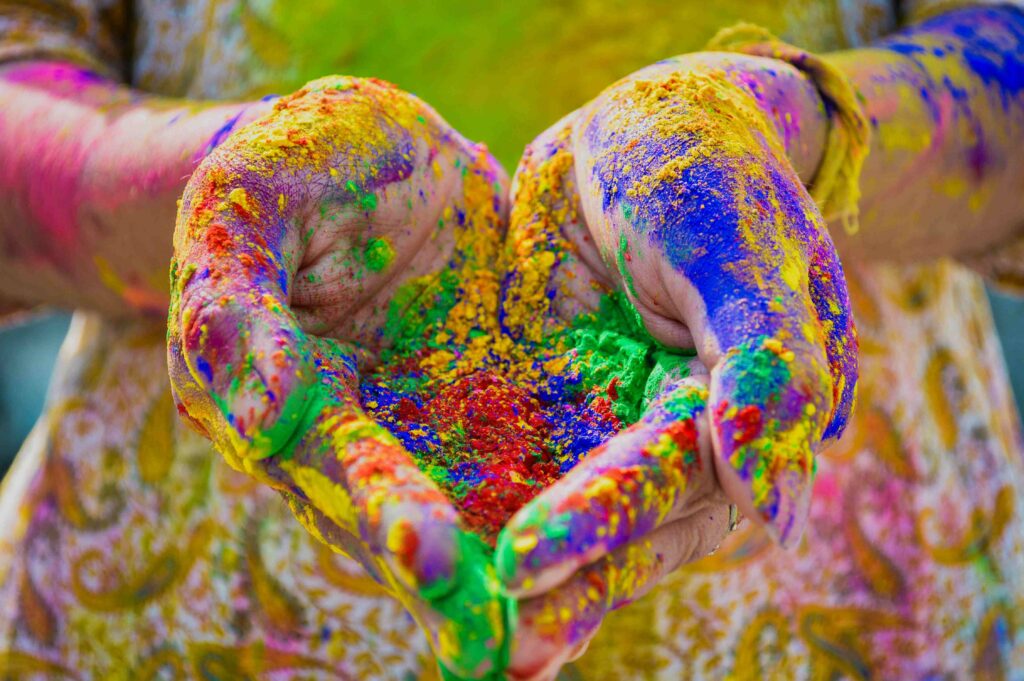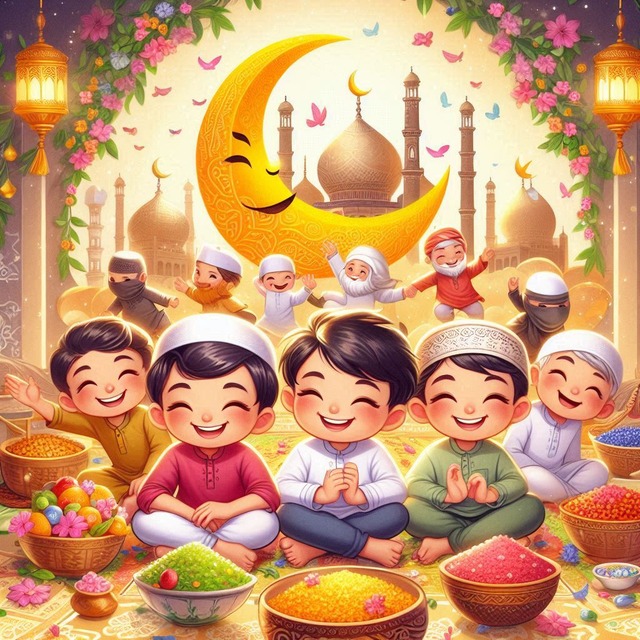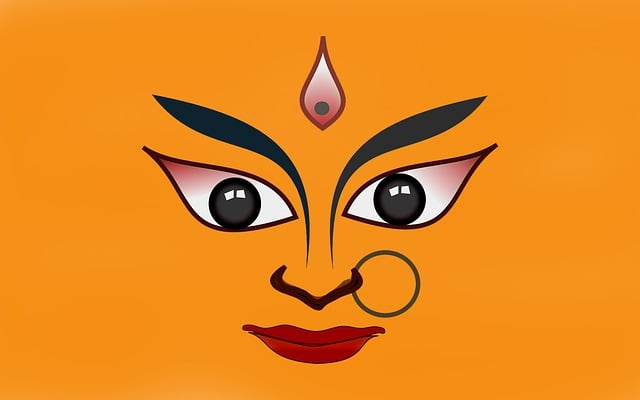Introduction of Karva Chauth:
Karva Chauth is a special Hindu festival primarily celebrated in North India. It’s a day when married women fast from morning until they see the moon at night. They do this to pray for their husband’s well-being and long life. This festival is more than just not eating; it’s about love and commitment between married couples. In this blog, we’ll explore what Karva Chauth is all about, its traditions, and how it’s changing in modern times.
The Significance:
Karva Chauth happens in October or November, about four days after the full moon. The name “Karva” means a clay pot, and “Chauth” means the fourth day. This is because it’s linked to the fourth day of the dark part of the month of Kartik in the Hindu calendar.The main reason for Karva Chauth is to pray for the good health and long life of a woman’s husband. Married women keep a strict fast from sunrise until they see the moon in the evening. They only break their fast after doing evening rituals and spotting the moon through a sieve. It’s a day filled with prayers and a strong sense of commitment to their marriage
The story of Karva Chauth:
The story of Karva Chauth has various versions, and one popular narrative revolves around a queen named Veeravati. According to the legend:
Queen Veeravati’s Vow:
Long ago, there was a queen named Veeravati who was deeply devoted to her husband. However, her first Karva Chauth after marriage coincided with a drought in the kingdom. The queen observed a strict fast throughout the day, praying for the well-being of her husband and the prosperity of the kingdom.
As the day progressed, Queen Veeravati became extremely weak due to fasting. The queen’s seven brothers, concerned for her well-being, couldn’t bear to see her suffering and decided to end her fast by creating a mirror illusion. They reflected a fake moon in a banyan tree, making it appear as if the moon had risen.
Mistaking the fake moon for the real one, Queen Veeravati broke her fast and consumed a meal. However, the moment she finished eating, she received news that her husband had passed away. Heartbroken and in despair, Queen Veeravati rushed to her husband’s side.
On her way, she encountered Lord Shiva and Goddess Parvati. They explained to her the deception caused by the illusion of the moon and advised her to observe Karva Chauth with strict devotion and sincerity. They also granted her a boon that, by following the rituals of Karva Chauth with dedication, she could bring her husband back to life.
The Redemption of Karva Chauth:
Queen Veeravati observed Karva Chauth with unwavering dedication and sincerity. Her devotion moved the gods, and her husband was miraculously revived. The couple reunited, and their love and commitment to each other became a symbol of the power of true devotion.
Since then, the story of Queen Veeravati has been told and retold, and the tradition of Karva Chauth has continued as a symbol of love, sacrifice, and marital commitment among Hindu married couples. Women fast from sunrise to moonrise, praying for the well-being and longevity of their husbands, and break their fast only after sighting the moon.
Traditions and Rituals:
Sargi: The fast begins with a pre-dawn meal called “Sargi” prepared by the mother-in-law. It includes fruits and other nutritious foods to give the woman energy for the day.
Dressing Up: Women wear their best traditional clothes, often looking like brides, and decorate their hands with intricate henna designs and jewelry.
Puja Thali: Women prepare a special plate with religious items like an oil lamp, the clay pot, fruits, and sweets. This plate is used during the evening rituals.
Listening to the Katha: In the afternoon, women gather to listen to the Karva Chauth Katha, which tells the story of why this fast is important.
Moon Sighting: The most exciting part of Karva Chauth is when the moon comes up. Women break their fast after seeing the moon through a sieve and then view their husbands through the same sieve, which marks the end of the fast.
Modern Interpretation:
While Karva Chauth has deep traditions, it’s changing to fit modern times. Many couples now see it as a day to celebrate their love together, rather than just the wife’s commitment. Husbands often fast with their wives to show support, making it more about equality in marriage.
Conclusion of Karva Chauth:
Karva Chauth is a beautiful celebration of love and commitment in married life. It’s a day filled with devotion and reflection on the promises made in marriage. As the world changes, the festival adapts to be more inclusive and reflect the evolving dynamics of marital relationships. Whether celebrated traditionally or with a modern twist, Karva Chauth remains an important part of Indian culture. I hope you enjoyed reading this blog and would love to hear your thoughts and experiences with Karva Chauth. Thank you for reading, and happy Karva Chauth!




